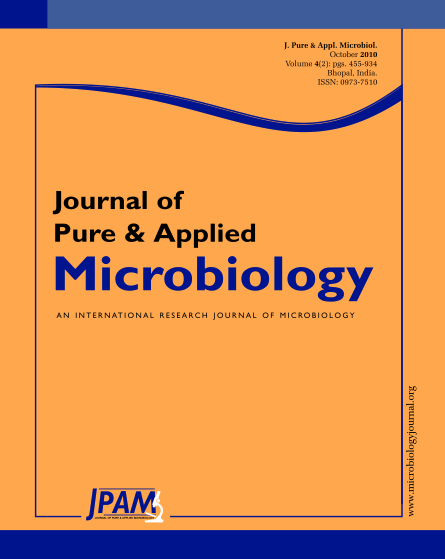Bioremediation refers to the use of biological systems, such as bacteria, fungi, and enzymes, to degrade environmental pollutants. During the secondary metabolism of plant life, white rot fungi produce and secrete extracellular enzymes like LiP, manganese peroxidase (MnP), and laccase. These extracellular ligninolytic enzymes of white rot fungus have the ability to degrade a wide spectrum of recalcitrant organo pollutants like PAHs, phenols, PCBs, and TNT and various types of dyes because of their non-specific characteristics. The objective of the study was to achieve the use of the extracellular ligninolytic enzyme, Manganese Peroxidase (MnP) for the degradation of polycyclic aromatic hydrocarbons (PAHs), of which Anthracene was selected as an example and also decolorization of textile azo dye of which orange II was selected as an example, thereby useful for enhancing bioremediation.
Bioremediation, White rot fungi, Ligninolytic enzymes, Organopollutants
© The Author(s) 2010. Open Access. This article is distributed under the terms of the Creative Commons Attribution 4.0 International License which permits unrestricted use, sharing, distribution, and reproduction in any medium, provided you give appropriate credit to the original author(s) and the source, provide a link to the Creative Commons license, and indicate if changes were made.


